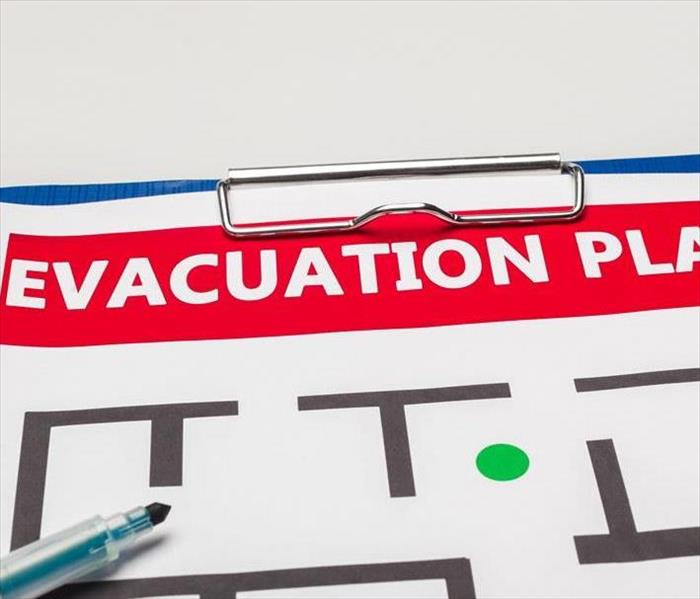Stay Alert. Protecting Your Property from Hailstorms
9/23/2023 (Permalink)
Hailstorms can be incredibly destructive, causing significant damage to your property. From shattered windows to dented roofs, the impact of hail can be devastating. However, there are proactive measures you can take to protect your property from hailstorm damage. In this blog post, we will discuss some practical tips to safeguard your property and minimize the risk of hailstorm damage.
Stay Informed
One of the most effective ways to protect your property from a hailstorm is to stay informed about weather conditions. Pay attention to weather forecasts and warnings, especially during hailstorm seasons. Keep a reliable source of weather information handy, such as a weather app, to receive real-time updates. This will enable you to take timely action to protect your property.
Windows and doors are vulnerable to hailstorm damage. Consider installing impact-resistant windows and reinforced doors as they are designed to withstand the impact of hailstones. If replacing windows and doors is not an option, protect them with storm shutters or window film. These measures will provide an added layer of protection against hail damage.
Maintain Roof and Gutters
A well-maintained roof and gutters can help protect your property during a hailstorm. Regularly inspect your roof for loose or damaged shingles. Replace any missing or broken shingles promptly to maintain the integrity of your roof. Clean your gutters and downspouts to ensure proper drainage. Clogged gutters can overflow during a storm, leading to water backup and potential damage to your property.
Reinforcing your roof can provide added protection against hailstorm damage. Consider installing impact-resistant roofing materials, such as metal or asphalt shingles specifically designed to withstand hail. Reinforcing vulnerable areas, such as eaves and overhangs, can also minimize the risk of hail damage. Consult with roofing professionals to determine the best options for your property.
Trim Trees and secure Outdoors
Trees and branches can pose a significant risk during a hailstorm. Trim back overhanging branches and remove dead or weak trees near your property. This will reduce the chances of branches breaking off and causing damage to your property during a storm. Regular maintenance of trees and landscaping can help minimize potential hazards during severe weather conditions.
Outdoor items, such as patio furniture, grills, and garden tools, can become projectiles during a hailstorm. Secure or bring these items indoors before a storm approaches. Move vehicles into a garage or carport if possible. Protecting these belongings will prevent them from being damaged or causing additional damage to your property.
Install Hail Protection Systems
Consider investing in hail protection systems to safeguard your property. Hail guards, heavy-duty hail nets, or hail protection blankets can be installed over vulnerable areas, such as skylights, solar panels, or outdoor structures. These systems provide an extra layer of defense against hail damage by reducing the impact and preventing direct contact with vulnerable surfaces.
Regularly review your insurance policy to ensure you have adequate coverage for hailstorm damage. Understand the terms and conditions, including deductibles and coverage limits. If you live in an area prone to hailstorms, consider adding additional coverage specific to hail damage. Consult with your insurance provider to discuss your options and make any necessary adjustments to your policy.
Create an Emergency Plan
Having an emergency plan in place can help you react quickly and protect your property during a hailstorm. Identify a safe area within your property, such as a basement or an interior room on the lowest level, where you can take shelter during a severe storm. Prepare an emergency kit with essential supplies, including flashlights, batteries, first aid supplies, and a portable weather radio. Protecting your property from hailstorm damage requires proactive measures and preparedness. By implementing these strategies, you can significantly minimize the risk of hailstorm damage and protect your property effectively.





 24/7 Emergency Service
24/7 Emergency Service
